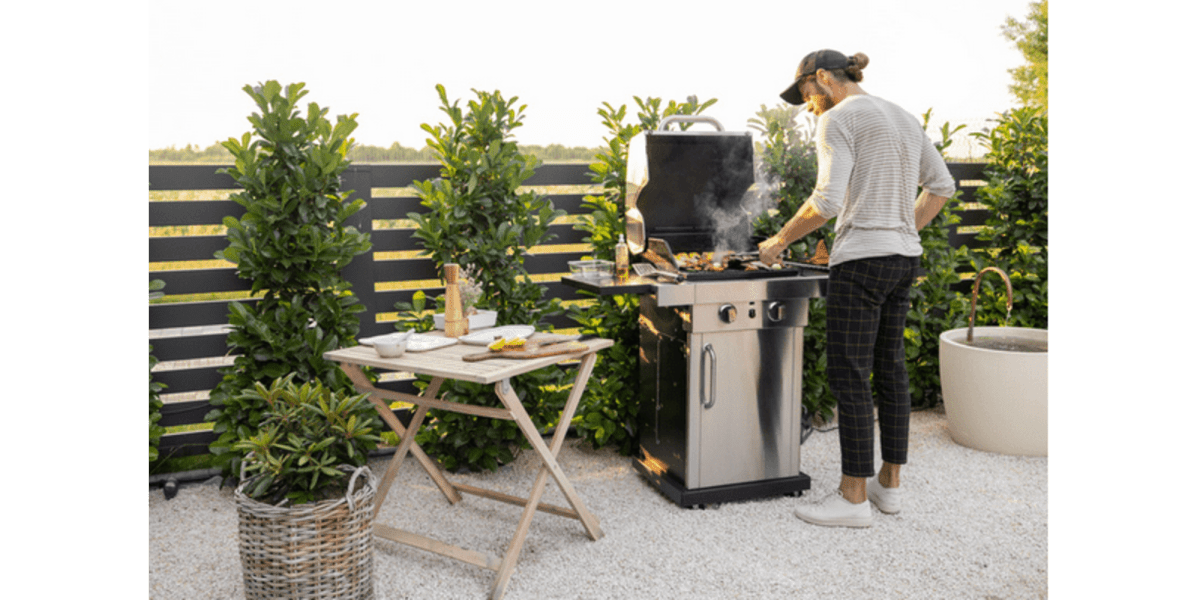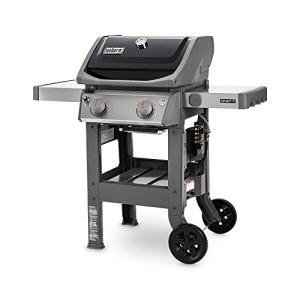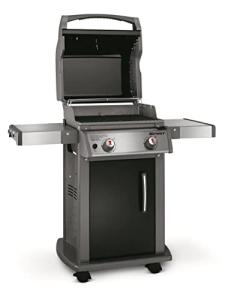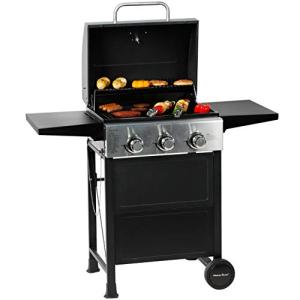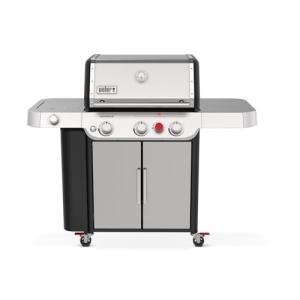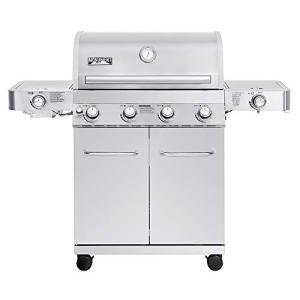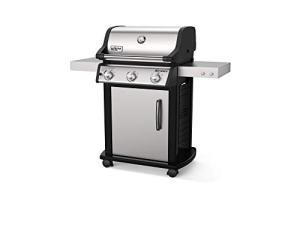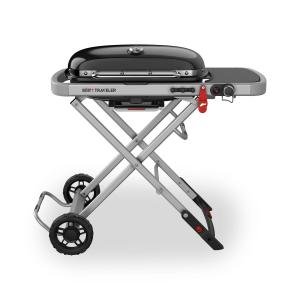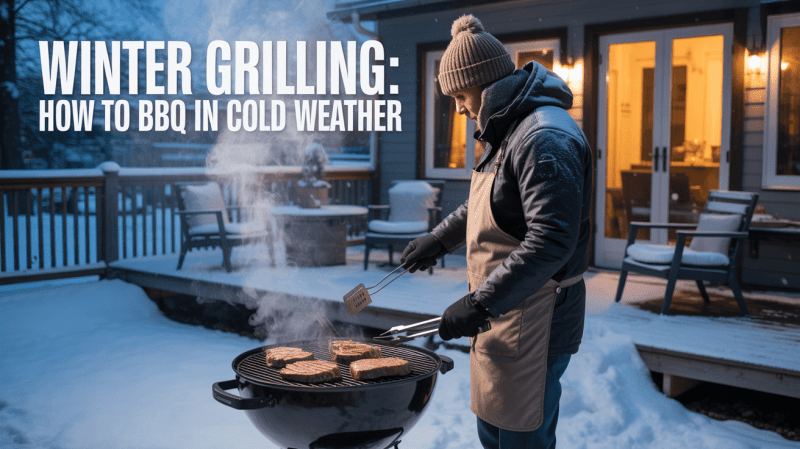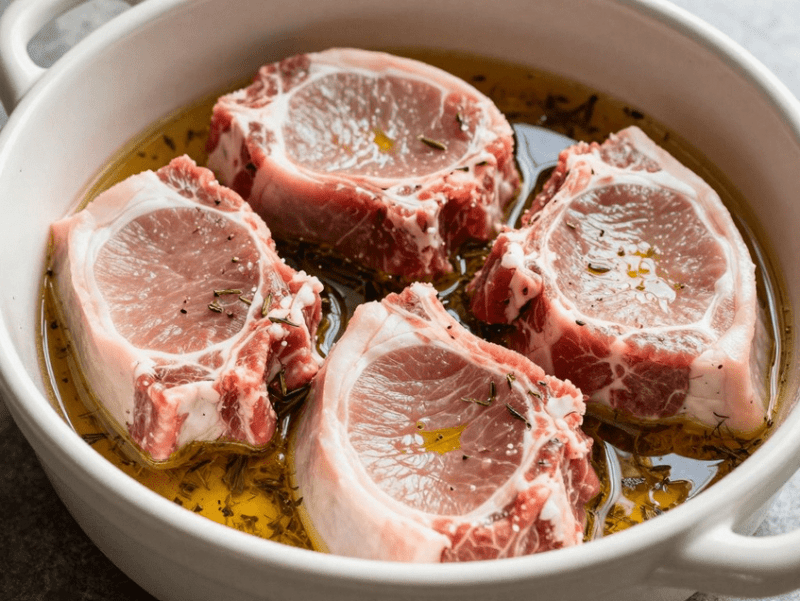Choosing the right grill for your backyard can seem overwhelming. With so many options available, it's important to understand what fits your cooking style, space, and budget best. To find the perfect grill, consider factors like type, features, and your grilling habits. This decision can enhance your outdoor cooking experience and provide memorable moments with family and friends.

Different grill types, such as gas, charcoal, and electric, each have unique benefits. Each option can cater to different needs, from casual weekend meals to serious barbecue parties. By understanding these differences, anyone can select a grill that not only meets their culinary desires but also complements their lifestyle.
Before making a purchase, it’s wise to evaluate essential features like size, mobility, and cooking power. Being informed about these elements will help ensure that the grill chosen is not only practical but ultimately satisfying for all grilling enthusiasts.
Key Takeaways
- Different grill types offer unique benefits for various cooking styles.
- Key features and specifications play a crucial role in choosing the right grill.
- Assessing personal grilling habits helps in making an informed purchase decision.
Understanding Different Grill Types
There are various types of grills available for backyard cooking. Each type has its own unique features, advantages, and best uses. This guide will help clarify the key differences between these grills based on fuel type, performance, and durability.
Charcoal Grills: Rich Flavor and Tradition
Charcoal grills are known for imparting a deep, smoky flavor to food. They use charcoals as the fuel source, which creates high heat perfect for searing meats. The process of lighting and maintaining the charcoal fire can take some time, but many grill enthusiasts appreciate the hands-on approach.
These grills are often more affordable than gas models and are very portable. Their compact designs make them great for camping or tailgating. While they are slower to heat up than gas grills, the flavor produced is hard to beat for barbecue lovers.
Gas Grills: Convenience and Control
Gas grills are popular for their ease of use and quick heating times. Fueled by propane or natural gas, they ignite with the push of a button. This convenience allows for immediate cooking, making them ideal for busy lifestyles.
These grills often feature adjustable temperature controls, giving users precise control over cooking temperatures. They are generally more durable and easier to clean than charcoal grills. However, those who prioritize flavor may find gas grills less appealing than their charcoal counterparts.
Pellet Grills: The Versatile Choice
Pellet grills are a modern option that combines grilling, smoking, and baking. They use wood pellets as fuel, which infuses food with rich, natural flavors. A digital control panel allows for easy temperature adjustments, making it simple to achieve perfect results.
These grills are versatile, catering to a variety of cooking styles from low and slow smoking to high-heat grilling. They usually come with a longer cooking time and require electricity to operate the heating element. Their durability makes them a worthwhile investment for many outdoor cooking enthusiasts.
Electric Grills: Ideal for Indoor Use
Electric grills offer a convenient solution for those with limited outdoor space. They can be used indoors, providing a safe and hassle-free grilling experience. While they may not deliver the same level of smokiness as charcoal or wood, modern designs have improved flavor considerably.
These grills heat up quickly and often include temperature controls. They are easy to clean and typically lightweight, making them suitable for small apartments or balconies. However, the limited cooking capacity may not suit larger gatherings.
Kamado Grills: Ancient Design for Modern Cooking
Kamado grills have a rich history, dating back centuries. These clay or ceramic grills retain heat remarkably well, making them effective for various cooking methods, from grilling to baking. The unique design allows for excellent heat retention and moisture control.
Fueled by charcoal, kamado grills can reach high temperatures ideal for searing meats while also allowing for low-and-slow smoking. They are known for durability and great performance, although they can be on the pricier side. Enthusiasts appreciate the versatility in cooking styles they provide.
Weber Spirit II E-210 2-Burner Propane Grill
Compact and powerful, this grill is perfect for backyard BBQs or tailgating adventures
Product information
$550.80 $449.00
Product Review Score
4.3 out of 5 stars
82 reviewsProduct links
Weber Spirit E-210 LP Gas Grill - Black
Enjoy delicious grilled meals in your backyard with this compact and efficient gas grill
Product information
Product Review Score
4.9 out of 5 stars
196 reviewsProduct links
Master Cook 3-Burner Propane Gas Grill
Experience delicious grilling with three powerful burners that heat up quickly and evenly
Product information
$249.99 $198.99
Product Review Score
4.71 out of 5 stars
53 reviewsProduct links
Features and Specifications to Consider

Choosing the right grill involves understanding its features and specifications. These details can enhance the grilling experience and meet specific cooking needs.
Size and Cooking Surface Area
The size of the grill directly impacts its cooking surface area. Grills come in various sizes, from compact models ideal for small patios to larger ones suitable for family gatherings.
A portable grill might have a cooking surface area of around 200 square inches, while a full-sized model can offer over 600 square inches. This space allows for cooking multiple items simultaneously.
When selecting, consider the number of people typically served. For larger groups, a grill with at least 400 square inches is often recommended. This ensures ample space for burgers, sausages, and vegetables without overcrowding.
Temperature Control and Heat Distribution
Effective temperature control is essential for successful grilling. Many grills feature adjustable burners that allow the user to set the heat according to the cooking needs.
Look for grills with multiple heat zones. This feature makes it possible to sear meats over high heat while cooking sides at a lower temperature simultaneously. Additionally, a grill that provides even heat distribution minimizes the risk of hot spots leading to unevenly cooked food.
Features such as built-in thermometers can also assist in monitoring internal temperatures. This ensures that meats are cooked thoroughly without overcooking and drying out.
Weber Genesis S-335 Gas Grill - Stainless Steel
Grill up delicious meals with ease using this durable and versatile stainless steel gas grill
Product information
$1,149.00
Product Review Score
4.57 out of 5 stars
215 reviewsProduct links
Monument Grills 4-Burner Propane Gas Grill with Sear
Get ready to fire up delicious meals with this powerful and stylish propane grill that features a handy sear station
Product information
$449.00
Product Review Score
4.47 out of 5 stars
17 reviewsProduct links
Additional Features and Accessories
Grill accessories can make outdoor cooking more enjoyable. Side burners are a popular addition, allowing for sauces or sides to be prepared while grilling. A rotisserie attachment provides a different cooking method for meats, giving a unique flavor and moisture retention.
Consider grills with shelves or hooks for tools to keep everything organized. Features like integrated lighting can enhance night grilling experiences. While these additional features might add to the cost, they increase versatility and convenience for the user.
Materials and Build Quality
The materials used in a grill impact its longevity and performance. Stainless steel is a favored choice due to its resistance to rust and easy maintenance. Grills made from high-quality materials are less likely to suffer from wear and tear over time.
Additionally, consider the grill's construction. A sturdy build can better withstand weather conditions and regular use. Heavy-duty casters for mobility can also increase usability.
Pay attention to the interior and exterior finishes as well. For example, enamel-coated grills can be easier to clean but may not hold up as well against extreme heat.
Assessing Your Grilling Profile

Understanding one's grilling profile is essential for selecting the right grill. Key factors to consider include cooking style, frequency of use, and the space available for grilling. By examining these aspects, individuals can ensure their choice meets their grilling needs.
Identifying Your Cooking Style and Preferences
The cooking style plays a significant role in grill selection. A casual weekend griller may prefer a simple, easy-to-use gas grill, while a BBQ enthusiast might look for a charcoal grill for deeper flavors. Those who enjoy experimenting with various cooking methods, such as smoking or roasting, should consider versatile options like pellet grills.
It's also important to consider personal cooking preferences. If grilling vegetables or seafood is a priority, a grill with a larger cooking area and precise temperature control becomes essential. Understanding these factors helps in catering to specific culinary desires.
Frequency of Use and Types of Food
How often one plans to grill is another critical factor. If grilling is a weekend tradition, a more robust and feature-rich grill may be worth the investment. Conversely, those who grill occasionally might prioritize a portable, budget-friendly option.
The types of food prepared also matter. If someone enjoys hosting parties with various meats, a grill with multiple burners and ample space is ideal. For individuals focused on grilling lighter fare like chicken or veggies, a smaller unit may suffice.
Space and Location: Outdoor or Indoor Grilling
Space availability greatly influences grill selection. An outdoor space can accommodate larger grills, while limited areas might require compact or tabletop models.
Location is crucial when considering safety and convenience. Outdoor grilling often allows for traditional charcoal and gas options, while indoor grills need to be electric and easy to use. Individuals must also factor in storage space for their grill and any necessary accessories like propane tanks or charcoal.
Making Your Purchase: Tips and Best Practices

When buying a grill, it’s crucial to balance cost and quality while ensuring it meets personal cooking needs. Considering user feedback and ease of use will make for an informed decision that enhances outdoor cooking experiences.
Investing Wisely: Balancing Cost and Quality
Purchasing a new grill requires careful consideration of budget versus quality. Higher-priced grills often use better materials, which can mean longer-lasting performance.
It’s essential to determine how often it will be used. If it’s for occasional cookouts, a mid-range model may suffice. For frequent outdoor chefs or those with an outdoor kitchen setup, investing in a durable, high-quality grill is wise.
Cost Considerations:
- Budget Grills: Good for beginners or infrequent use.
- Mid-Range Grills: Offers a balance of features and durability.
- High-End Grills: Best for serious cooks and regular use.
Reading User Reviews and Expert Opinions
Before making a purchase, checking user reviews and expert opinions is beneficial. This feedback provides insights into real-world performance, reliability, and ease of cleaning.
Look for reviews that mention the grill's portability, temperature control, and durability over time.
Key Features in Reviews:
- Ease of Use: How simple is it to ignite and adjust?
- Cleaning Process: Is it easy to maintain after cookouts?
- Performance Feedback: How does it hold up in various weather conditions?
Gathering this information can guide the decision-making process towards a grill that matches expectations.
Consider the Ease of Use and Maintenance
The ease of use is crucial when selecting a grill. Features such as quick ignition systems and adjustable burners can enhance the cooking experience for beginners and seasoned grillers alike.
Maintenance should also be easy, particularly for those with busy lifestyles. Grills that allow for simple disassembly for cleaning can save considerable time.
Important Maintenance Tips:
- Material Selection: Stainless steel components typically offer easier maintenance.
- Accessory Availability: Check for compatible cleaning tools and replacement parts.
- Portability: If moving the grill around is necessary, ensure it has wheels for convenience.
These factors contribute to a better overall experience, making outdoor cooking enjoyable and hassle-free.
Frequently Asked Questions

When choosing the right grill for a backyard, several key factors come into play. Understanding these elements can help consumers make informed decisions that best fit their cooking needs and lifestyle.
What factors should I consider when selecting a grill for my backyard?
When selecting a grill, consider size, fuel type, and features. The available space in the backyard plays a crucial role. Additionally, the cooking surface size matters, especially if preparing meals for a large family or gatherings.
What are the benefits of choosing a gas grill over other types of grills?
Gas grills heat up quickly and offer precise temperature control, making them user-friendly. They provide convenience, allowing for easy start-up and less cleanup compared to charcoal grills. This makes them ideal for those who want to grill frequently without much hassle.
How many BTUs are needed for an effective grilling experience?
A grill's BTU (British Thermal Unit) rating indicates its heat output. For effective grilling, a range of 80 to 100 BTUs per square inch is recommended. This ensures adequate heat for cooking meat and maintaining proper temperatures for various recipes.
What safety considerations should I be aware of when positioning my grill outdoors?
Positioning the grill away from flammable materials is essential for safety. It should be placed on a flat surface to prevent tipping. Additionally, maintaining a clear space around the grill allows for safe access and reduces the risk of accidents.
How can I determine the grill size that's suitable for my family's needs?
To determine the right grill size, consider the number of people typically served. A smaller grill may suffice for a family of four, while larger gatherings may require a grill with more cooking space. Assessing cooking habits and styles can also guide this decision.
In what ways has the grilling market changed in recent years, affecting consumer purchases?
In recent years, the grilling market has seen innovations in technology and design. Wi-Fi-enabled grills and more efficient fuel options have become popular. These advancements allow cooks to monitor and control grilling remotely, catering to modern consumer preferences.
